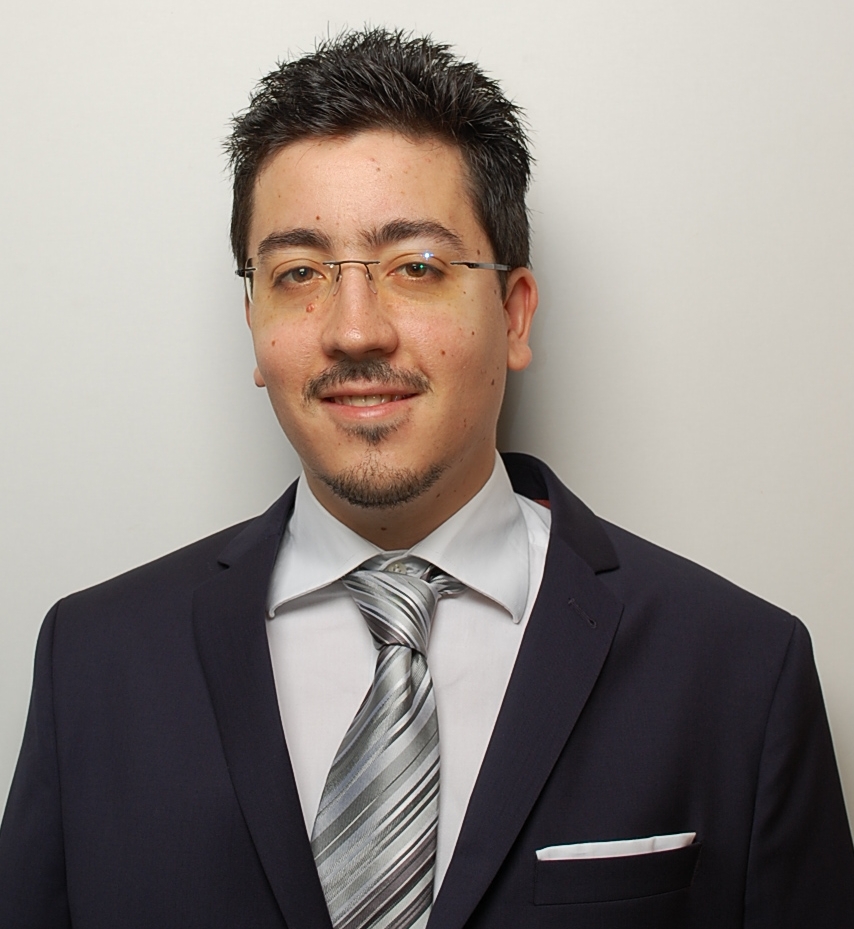About me
About me

About me
I was born in Italy in 1985; in 2004 I decided to study Mathematics: after a Bachelor's degree in Bologna, I got a Master's degree and a Ph.D. in Triest; then I worked for a few years as a Mathematics researcher (mainly in the fields of algebraic geometry and category theory).